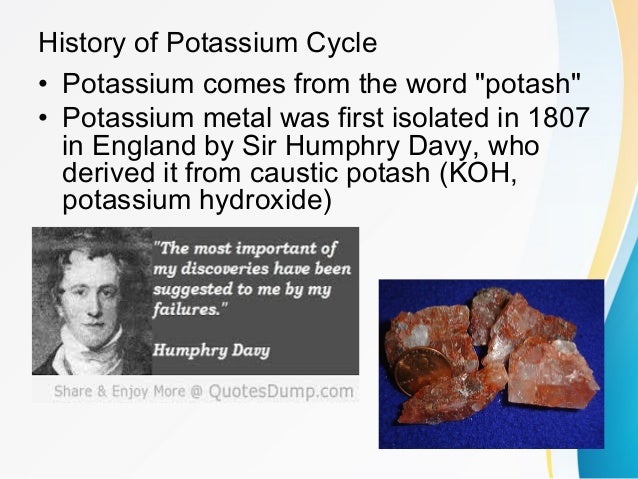

He gave some samples to other scientists to continue the research who eventually confirmed that it was indeed a new element. He then discovered that the vapor would condense into deep violet crystals on cold surfaces.Īt the time, Courtois did not realize he had discovered iodine, but he suspected it might be a new element. After adding a little too much sulfuric acid one time, Courtois noticed a cloud of violet gas. Then, sulfuric acid was added to eliminate the leftover waste. In order to isolate the sodium and potassium extracts from the seaweed, Courtois would burn the seaweed and wash the ash with water. However, due to a wood ash shortage, he began using seaweed instead. Initially, he had been using wood ash as the source of potassium nitrate needed to make the saltpeter. Courtois was helping his father manufacture saltpeter - an important component in gunpowder that was in heavy demand at the time. Number of isotopes (atoms of the same element with a different number of neutrons): 37 known isotopes one stable (I-127)īernard Courtois, a French chemist, accidentally discovered iodine in 1811 during the Napoleonic Wars.

Melting point: 236.7 degrees Fahrenheit (113.7 degrees Celsius).Density: 4.93 grams per cubic centimeter.Atomic weight (average mass of the atom): 126.90447.Atomic symbol (on the periodic table of the elements): I.Atomic number (number of protons in the nucleus): 53.(Image credit: Greg Robson/Creative Commons, Andrei Marincas Shutterstock) Just the facts In the United States, iodine is derived from deep well brines in northern Oklahoma.Įlectron configuration and elemental properties of iodine. Most of the world's industrial iodine is obtained from brines (water strongly saturated in salt) associated with gas wells in Japan and from caliche ore mined in the Atacama Desert of northern Chile. Rivers contain less iodine, at approximately 5 ppb, according to Lenntech Water Treatment Solutions of Denmark. But the concentrations are so low - averaging between 50 to 60 parts per billion (ppb) - that direct extraction is not feasible. Seawater is the largest reserve of iodine, holding about 34.5 million tons. Iodine is the 61st element in terms of abundance, making it not only one of the least abundant nonmetallic elements on Earth but also one of the rarest elements needed for life.Īlthough iodine is not particularly abundant, it can be found in trace amounts nearly everywhere: water, soil, rocks, plants, animals and humans. The remaining 0.4 percent is divided among 64 elements - all of these in trace amounts. (Image credit: Images of elements) Trace elementĪbout 99.6 percent of the Earth's mass is a mixture of 32 chemical elements, according to the World Iodine Association (WIA). Iodine is a bluish-black, lustrous solid.


 0 kommentar(er)
0 kommentar(er)
